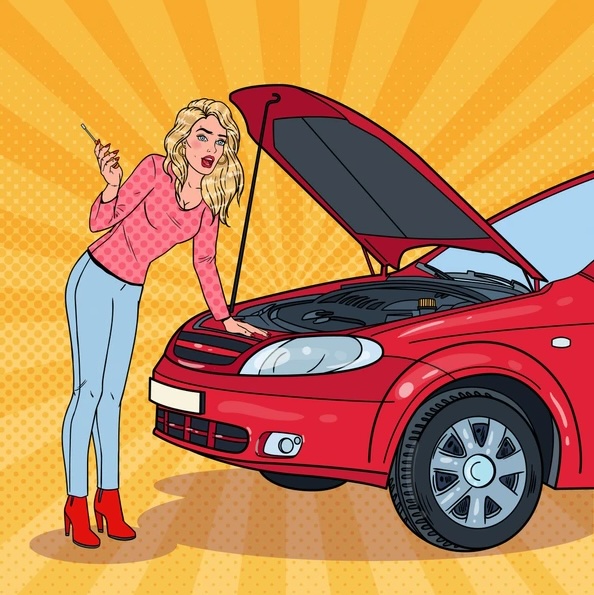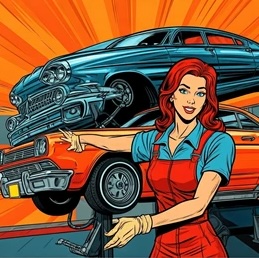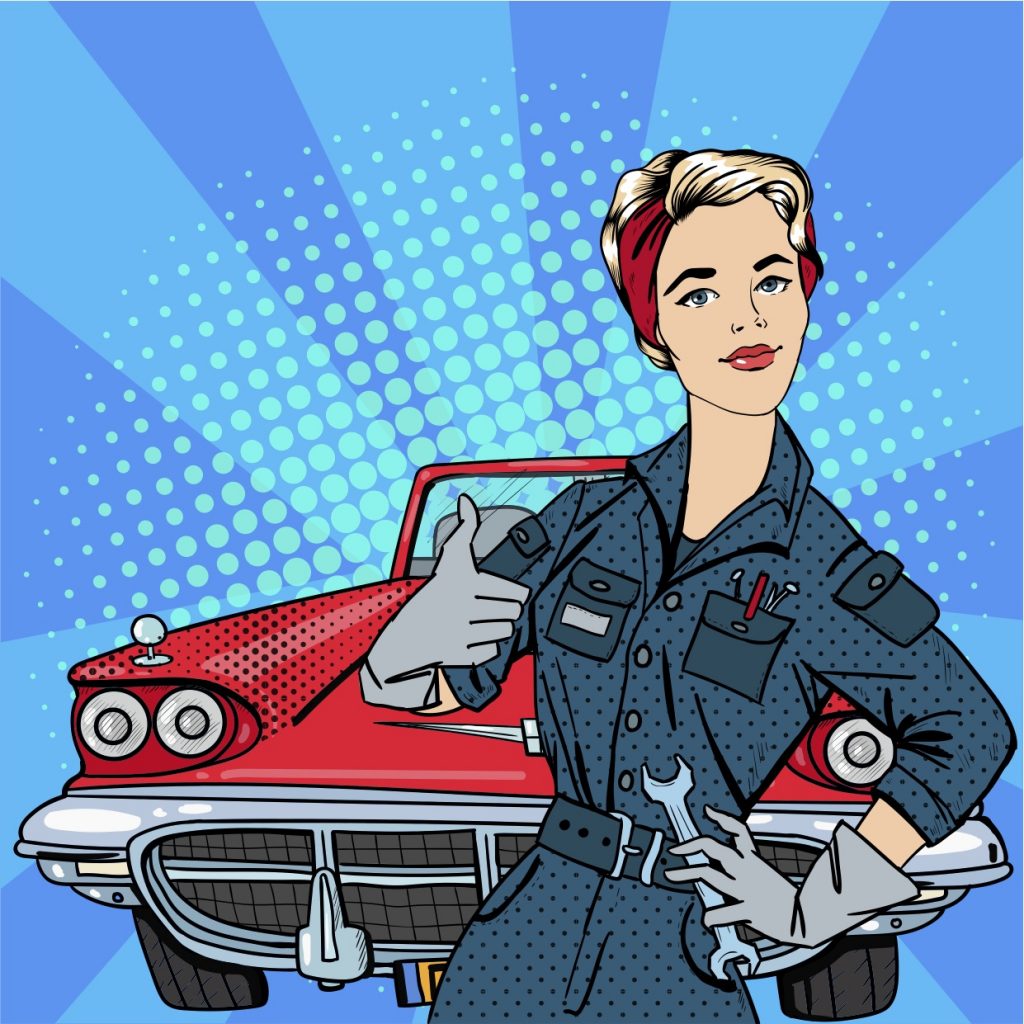
In 2014 I wrote an article – “Women Auto Know: Automotive Knowledge, Auto Activism, and Women’s Online Car Advice”– which addressed the growth of women’s car advice websites. The sites, I noted, were developed as a response to the poor treatment women traditionally received at automotive dealerships and service establishments. Although women influence nearly 85 percent of new car sales, their experience at automotive dealerships differs significantly from that of men. Not only are women subject to sexist and patronizing behavior from automotive personnel, but they often wind up paying considerably more for automobiles or automotive services. Women’s car advice websites became popular during the early years of the Internet as a source for automotive knowledge and the acquisition of negotiation strategies and skills.

Some twenty years later, women are now taking to social media to seek automotive advice and report poor service to thousands, if not tens of thousands, of online followers. As an aging boomer who is admittedly not fluent in social media, I came upon this phenomenon while looking at automotive feeds to which I subscribe. One of those is Motor1.com, a global digital media company specializing in automotive content, providing car news, reviews, buying guides, and premium videos for car buyers and enthusiasts. One of the features that kept popping on my feed was an almost daily report of the car buying or service experiences of TikTok users. It appears that the Motor1.com staff looked to TikTok for interesting car stories to relay to its reader base. TikTok users are heavily concentrated in younger age groups, with the 18-24 and 25-35 brackets representing the largest segments. What is particularly noteworthy about the automotive experiences reported is that nearly all of them came from women.
This should not, after all, be surprising. The automobile’s longstanding association with masculinity has discouraged women from becoming too familiar with cars. Consequently, it has put the female driver at a disadvantage when attempting to purchase or service an automobile. However, despite the lack of an automotive education, women today are much more forthright about addressing this deficiency. Unlike their male counterparts, who are often reluctant to admit they are unknowledgeable or uninformed about cars, women know what they don’t know. Thus they are using social media to become more informed, to ask whether they have been treated fairly, to find solutions to automotive problems, and to acquire the tools to fix an issue on their own.

The headlines of these articles offer clues into the automotive problems. Women’s unfair treatment at dealerships inspired stories such as “Woman Doesn’t Want to Get Taken Advantage of at the Mechanic. So She Puts on a Disguise,” “Woman Told Car She Wanted Online Was Sold. Then She Gets 7 Calls From 7 Dealership Salesman,” and “Toyota Do Better:’ Woman Shops for Used Highlander. How Reliable Are ‘Gold Certified’ Vehicles?” After getting poor or questionable advice, stories reveal how women find their own solutions, such as “Woman Buys Parts for Her Nissan Rogue at O’Reilly. Then She Buys the Same Parts at Autozone for $200 Less,” “’Looked Up How to Do This:’ Hyundai Driver Gets Quoted $87 to Change Air Filter. So She Goes To AutoZone And Gets One For $26,” and “Your Sign to File That Claim:’ Woman Hits a Pothole. Then She Sees the Damage and Gets a Possible $1,000 from the State.” Some articles address how female TikTokkers ask for automotive advice before heading to a service establishment. “Woman Goes to Safelite for Crack Repair. Then A Service Tech Breaks the Whole Windshield—And Offers an Appointment in New Jersey,” “’I Had the Same Issues:’ Woman Puts Her Chevy Malibu in Park. Then She Turns Off the Car and the Dash Reads ‘Shift to Park’,” and “’We’re Not Gonna Touch the Car’: Florida Woman Hears Noise After Oil Change. Then She Suspects Her Mechanic Put In the Wrong Oil ” demonstrate how women are not afraid to ask questions about what they don’t know. The stories also reveal that women are not embarrassed to put their automotive mistakes online so that others may benefit. Features such as “Young Woman Thinks the Lincoln Corsair Is Out of Her Price Range. Then She Visits the Dealership”, “Woman Tries to Sell Her Maserati. Then She Sees How Much It’s Depreciated,” and “Woman Books Alamo Car Rental for Colorado Road Trip for Almost $700. Then She Books the Exact Same Car Via Costco” indicate how women are not afraid to admit they were wrong and are appreciative of the lessons learned from fellow TikTok users.

In 2014 I wrote, “Although women’s car purchases nearly equal those of men, women continue to experience inferior treatment in most US auto dealerships and service establishments. Dealers often take advantage of women’s uneasiness with the negotiation process to intimidate the female consumer and charge her more than men; service centers profit from women’s presumed lack of automotive knowledge and technological expertise as they pressure female customers to finance unnecessary repairs. Despite women’s increased purchasing power, gender inequities in auto service and repair ensure that women remain on unequal footing when entering the automotive showroom.” As exhibited by the TikTok stories on Motor1.com, these problems continue to persist over 20 years later. However, much like the generations before them, today’s tech-savvy young women have taken matters into their own hands. They have called upon social media to draw attention to the issues not only women, but all young people face and in the process, have become empowered as car owners and consumers.